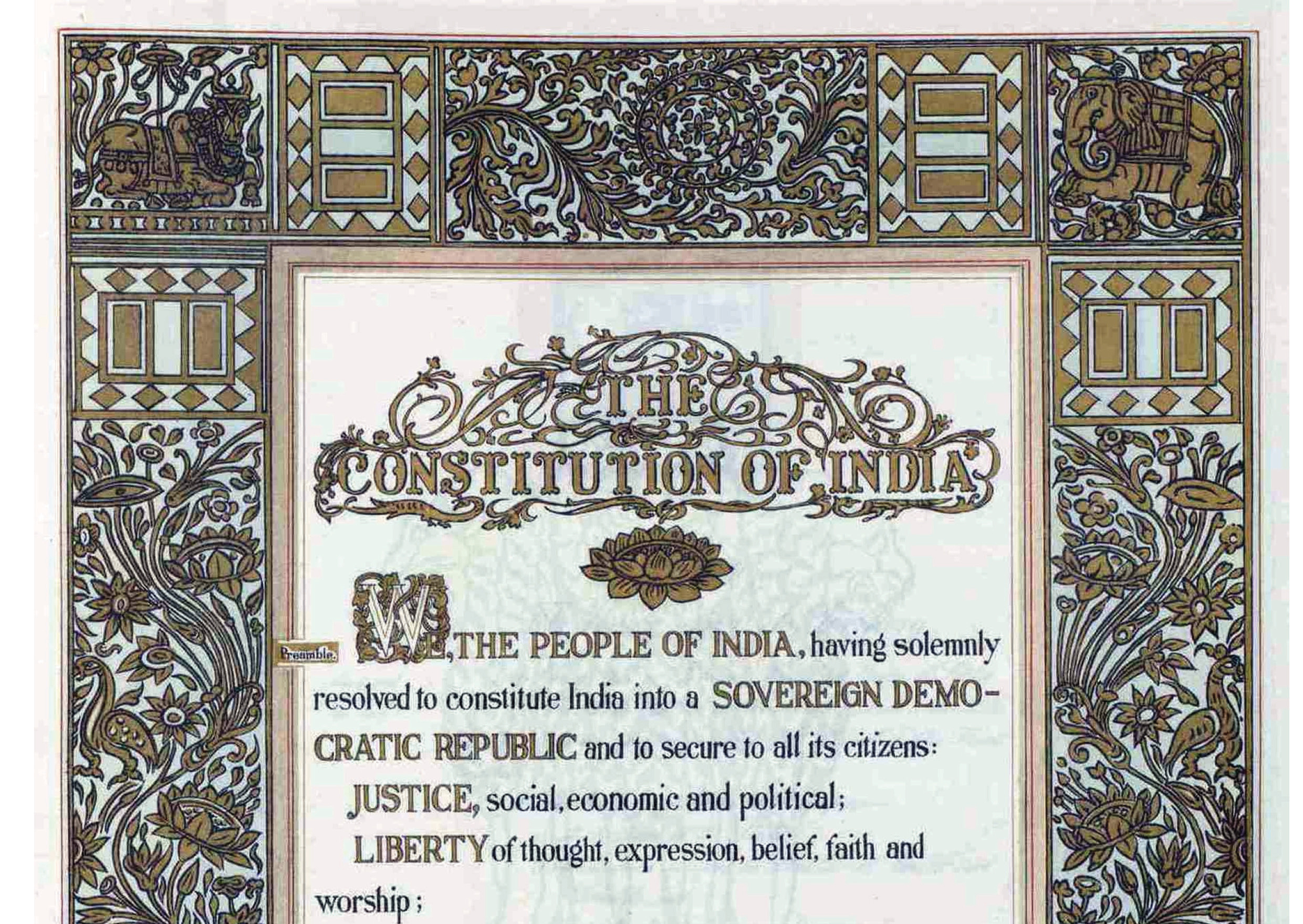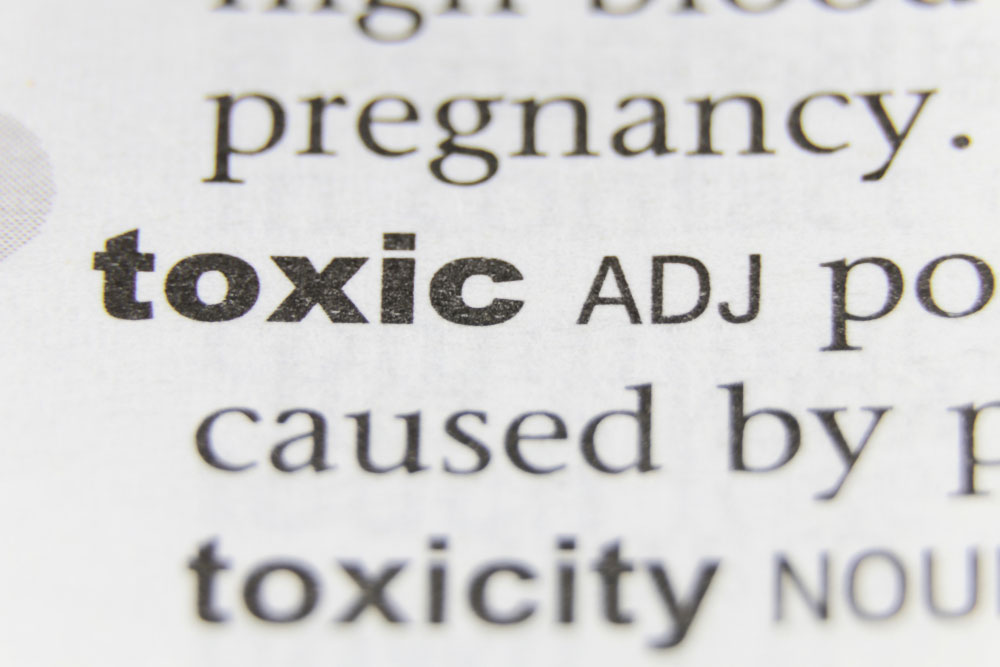History moves in mysterious ways. Its signposts are unexpected, even insignificant, and its perspective different from that offered by the power dynamics of the time. The Oxford University Press’s choice for the Hindi word of 2019, ‘samvidhaan’, the Constitution, is an interesting manifestation of this. The choice of a publisher may seem unimportant amid the cacophony of bullying voices trying to hold down certain words to predetermined meanings. But the perspective this choice offers is a long one, drawing the past into the present, and putting forward, perhaps, the possibility of a future different from the expected one. It also pinpoints the site of a major conflict today: between vast swathes of the Indian people and their government led by Narendra Modi. At the centre of this conflict is the testing of the values of democracy, secularism, justice, liberty, equality and fraternity on the touchstone of the Constitution, a perception underlined by the OUP.
When Adam named the animals he gave to words intangible dimensions that went far beyond their form as a collection of sounds. In a different way, OUP also celebrates the astonishing ‘meaningfulness’ of words. The samvidhaan is a collection of principles that are intended to guide governance. It is abstract, a collection of ideas accessible to the expert. Yet, all of a sudden, as one of the panellists who chose the word has noted, an academic concept has become a movement. It seems that the values enshrined in the Constitution had imperceptibly seeped into people’s consciousness for years, not academically, but as part of their lived experience. It is as though these values have now re-emerged through the people’s fresh recognition of them as words existing in and defined by the Constitution, demonstrating how words are revivified by the meaningfulness poured into them by the way they are used.
The publisher’s statement notes how the Constitution of India became a truly people’s document in 2019, given to the people by the people. The government has indicated that it is not an absolute text; it has been and can be changed. The samvidhaan started to become a point of public contention in 2019 first after the abrogation of Articles 370 and 35(A) that gave Kashmir its special status. This was accompanied by the government’s decision to create a National Register of Citizens in all states, not just Assam, to be preceded by a National Population Register, together with the granting of citizenship under the Citizenship (Amendment) Act to all non-Muslims seeking refuge from religious persecution. The thrust of all these, apart from the obvious intention of discrimination, is to create fear, insecurity and hardship for the people. Ironically, there is no need to argue that the Constitution is an absolute text. It has already re-emerged in the people’s movement. Its dynamism is underlined by the OUP’s choice of samvidhaan as the word of the year.












